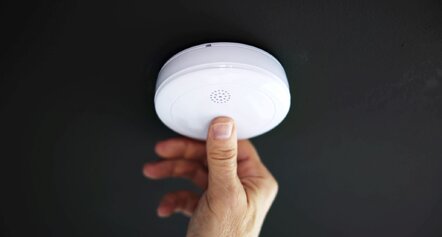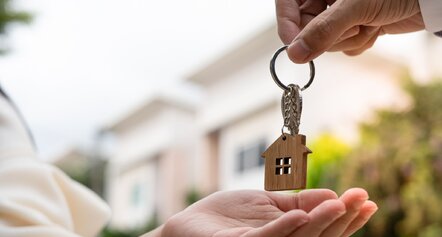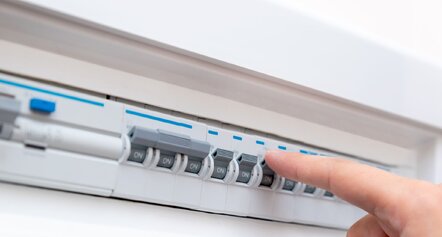Smoke alarms play a critical role in protecting lives and property in home safety. However, not all smoke alarms are created equal. Interconnected smoke alarms offer a level of protection that far surpasses traditional standalone devices, making them an essential upgrade for modern households.
In Queensland, regulations require interconnected alarms in many homes to ensure maximum safety. But are your smoke alarms interconnected, and do they comply with current standards?
Let’s explore what interconnected smoke alarms are, why they’re essential, and how you can ensure your home is properly equipped.
What Are Interconnected Smoke Alarms?
Interconnected smoke alarms are a network of alarms that communicate with each other. When one alarm detects smoke, it sends a signal to all other alarms in the system, causing them to activate simultaneously. This feature ensures that everyone in the home is alerted to danger, regardless of where the fire starts.
For example, if a fire begins in the garage, an interconnected system will trigger alarms in the bedrooms, kitchen, and living areas, giving occupants throughout the house a critical early warning. Depending on your home’s setup, these systems can be connected via hardwiring, wireless technology, or a combination of both.
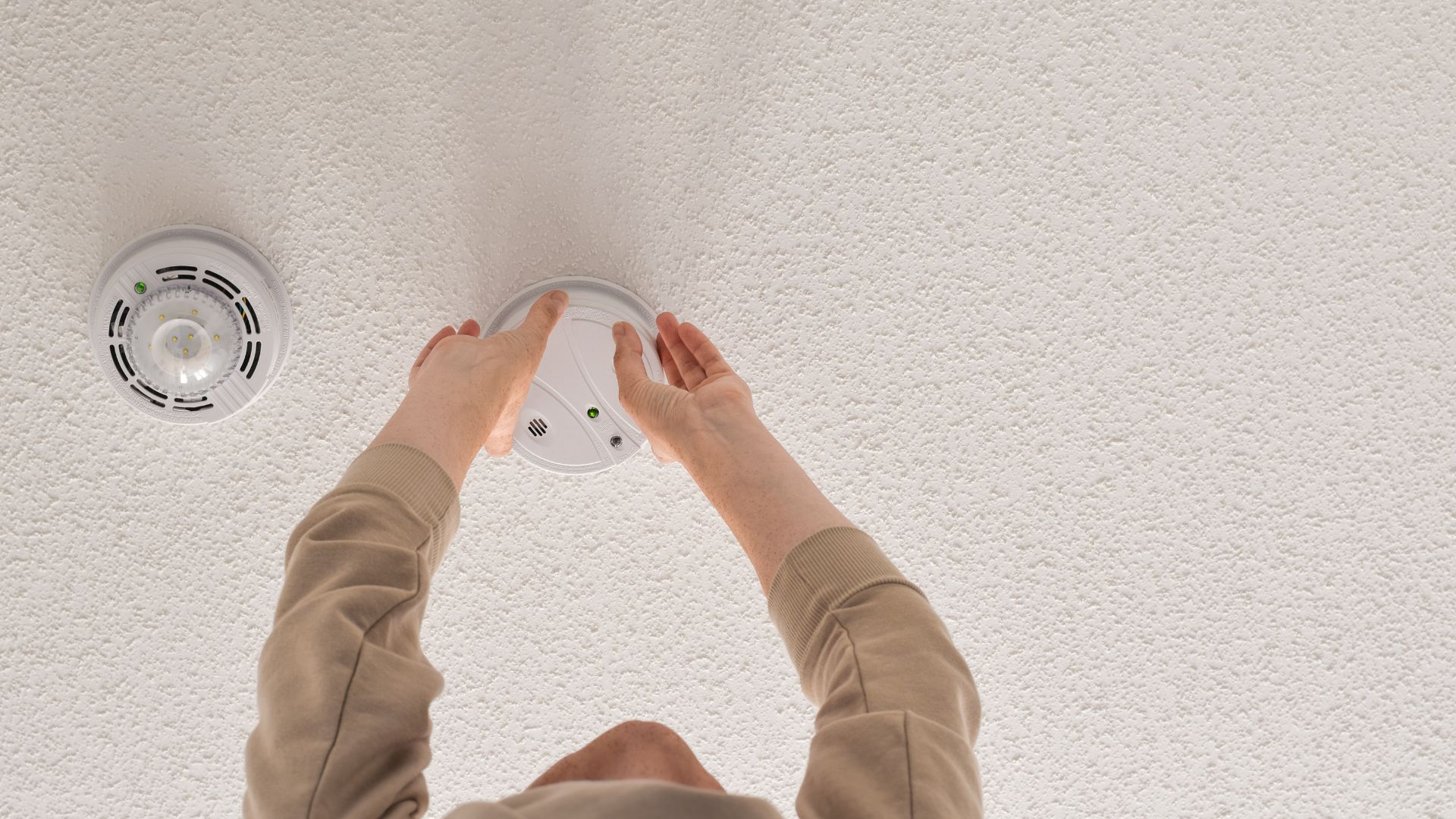
Why Interconnected Smoke Alarms Are Crucial
Traditional smoke alarms only sound in the immediate area where smoke is detected. This limitation can delay the alert for people in other parts of the home, especially if doors are closed or if the property is large. Interconnected alarms eliminate this risk by ensuring everyone is warned at the same time.
The benefits of interconnected smoke alarms include:
- Comprehensive Coverage: Ensures all areas of the home are protected, even in multi-storey properties.
- Faster Response Times: Simultaneous alarms allow occupants to evacuate quickly, reducing the risk of injury or loss of life.
- Increased Safety While Sleeping: People in bedrooms far from the source of the fire are still alerted immediately.
- Compliance with Queensland Regulations: Many properties in Queensland are now required to have interconnected alarms under updated legislation.
Smoke Alarm Compliance in Queensland
In Queensland, the government has implemented strict smoke alarm laws to improve safety across all homes. These regulations require:
- All smoke alarms in new builds or renovated homes are to be interconnected.
- Alarms are to be photoelectric and compliant with Australian Standard AS 3786-2014.
- One smoke alarm will be installed in each bedroom, in hallways connecting bedrooms to living areas, and on every home storey.
- Compliance with these rules is mandatory for rental properties, regardless of the property’s age.
- The deadline for compliance for existing properties depends on the type of dwelling, but upgrading to interconnected alarms as soon as possible is strongly recommended for safety and peace of mind.
How to Check If Your Smoke Alarms Are Interconnected
It’s essential to verify whether your smoke alarms are interconnected, especially if you live in a larger home or one built or renovated after the introduction of the new regulations. Follow these simple steps to check:
Locate the Test Button
Find the test button on one of your smoke alarms.
Press and Hold
Press the test button and listen for the sound.
Listen for All Alarms
If your alarms are interconnected, all alarms in the house should activate simultaneously.
Inspect for Wireless or Hardwired Connection
Look for visible connections between alarms or consult your property’s electrical schematics for hardwired systems. For wireless systems, check the manual or consult a professional.
If only the alarm you test sounds, your system is likely not interconnected.
In this case, you should consider upgrading to comply with safety standards and improve your home’s protection.
Upgrading to Interconnected Smoke Alarms
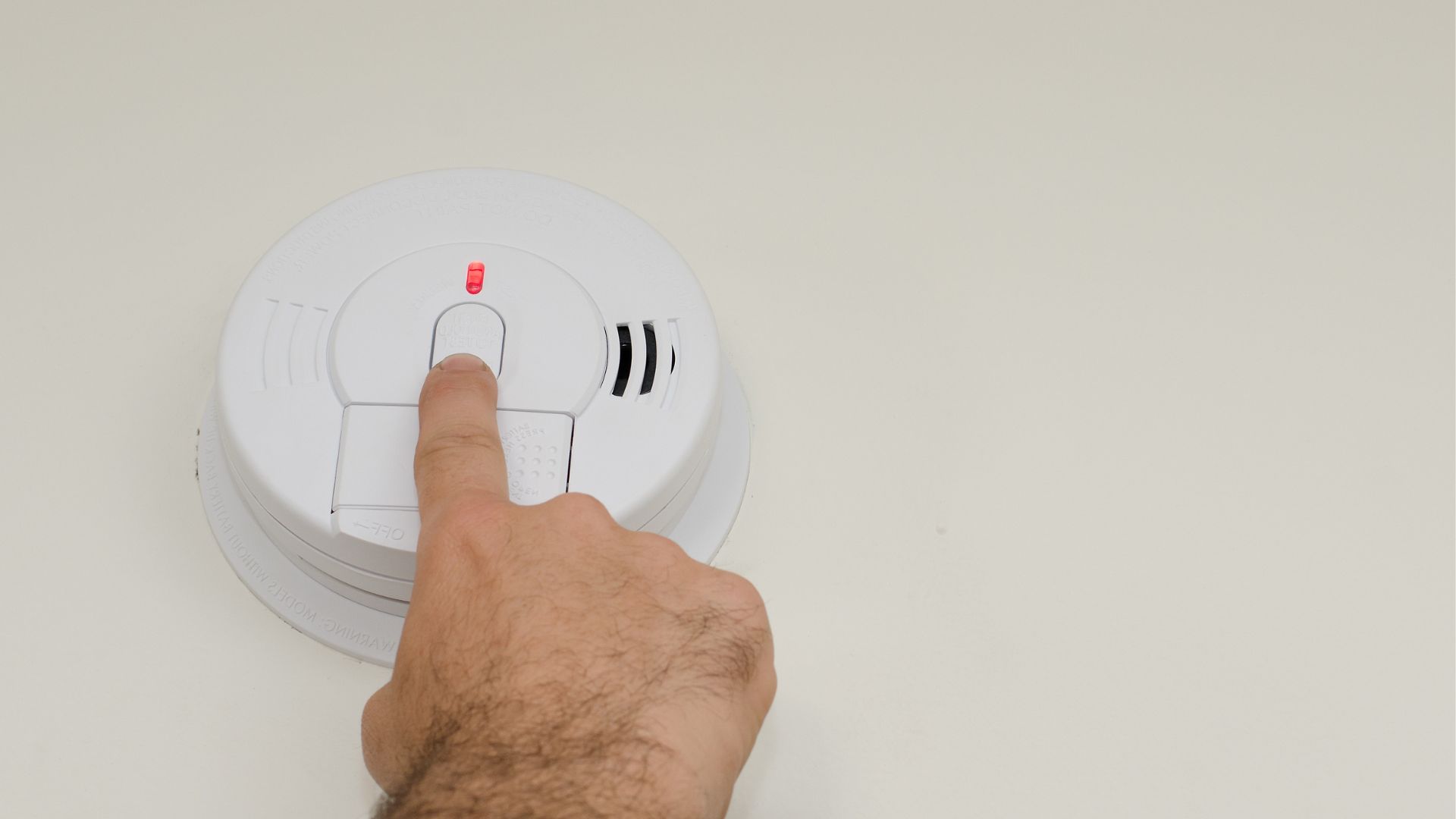
If your current system isn’t interconnected, upgrading is a straightforward process with the help of a licensed electrician. Modern smoke alarms are available in both hardwired and wireless options, making it easier than ever to retrofit your home with an interconnected system.
Steps for Upgrading:
Assessment
A professional will inspect your current smoke alarm setup and determine the best approach for your home.
Installation
Depending on your home’s layout, hardwired or wireless alarms (or a combination) will be installed in the required locations.
Testing and Interconnection
The electrician will ensure all alarms are properly interconnected and functioning.
Compliance Check
The system will be tested to meet Queensland regulations, giving you peace of mind that your home is safe and legal.
Benefits of Professional Installation
While some wireless smoke alarms may be marketed as DIY-friendly, it’s always best to engage a licensed electrician for installation. Professionals have the expertise to:
- Ensure compliance with current laws.
- Recommend the best type and placement of alarms for your home.
- Safely handle the wiring for hardwired systems.
- Test the system thoroughly to confirm proper interconnection.
Common Problems With Smoke Alarms and How to Fix Them
Even the best wireless interconnected smoke alarms can experience issues. Here are some common problems and how to resolve them to ensure your home remains protected.
False Alarms
Smoke alarms might trigger unexpectedly due to steam, cooking smoke, or dust. To prevent this, keep interconnected photoelectric smoke alarms away from kitchens and bathrooms. Regular cleaning and following the manufacturer’s instructions will help maintain proper function.
Batteries Running Out
A chirping alarm is often a sign of low batteries. Battery-operated alarms should have their batteries replaced at least once a year. Test your alarms monthly to confirm they are working correctly.
Interconnection Issues
If all alarms don’t sound together, there may be a problem with the wiring or wireless connection. Check the system settings or wiring, and if necessary, consult a professional for smoke alarm installation.
Incorrect Placement
For maximum safety, smoke alarms must be installed in every bedroom, hallway, and on every level of a residential building. Poor placement can reduce efficiency, so ensure alarms are positioned according to the manufacturer’s instructions.
Outdated Alarms
Most smoke alarms have a lifespan of about 10 years. If your system is older, upgrade to wireless interconnected smoke alarms to improve safety and compliance. Newer interconnected photoelectric smoke alarms provide better protection against smouldering fires, which can be more dangerous than fast-flaming fires.
Keeping your smoke alarms in top condition is essential for protecting your home and family. If you’re unsure about smoke alarm installation, contact a professional to ensure your system is compliant and fully functional.
Take Action Today to Protect Your Home
Don’t leave your family’s safety to chance. Interconnected smoke alarms provide the highest level of protection and ensure you comply with Queensland’s strict safety standards. If you’re unsure whether your smoke alarms are interconnected or compliant, now is the time to act.
Contact Watt Edge Electrical for a professional smoke alarm inspection or upgrade on the Sunshine Coast. Our licensed electricians will ensure your home is equipped with the best possible system to safeguard your loved ones. Call us today or book an appointment online to get started.
Interconnected smoke alarms aren’t just a legal requirement—they’re a life-saving investment for your home. Let Watt Edge Electrical help you make the switch to a safer, more secure system that gives you peace of mind. Don’t wait until it’s too late—take action today!


